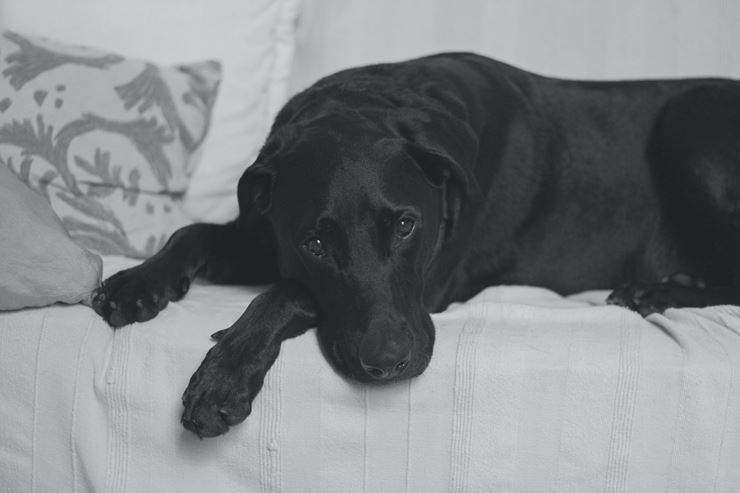
Dealing With Separation Anxiety in Dogs
A large portion of the workforce has been switched to working from home, or sadly are out of jobs for the time being. With all this newfound home time, your dogs are sure to be loving the extra attention. However, when you eventually go back to work, it may leave your beloved pet feeling a bit anxious.
If you don't take early steps to combat or prevent these behaviors, you'll likely have a dog that exhibits symptoms of Separation Anxiety.
What is Separation Anxiety?
The most common symptoms of separation anxiety are:
- Destructive behavior
- Using the bathroom indoors
- Barking or howling
- Escape attempts
- Coprophagia (the act of eating excrement)
You can usually spot the signs of separation anxiety before you even leave. When you're on your way out, grabbing your keys or packing a bag, a dog dealing with separation anxiety will typically act up. These changes in behavior can show themselves as agitation, anxious behavior such as pacing, panting, or vocalizations.
Attempting to Prevent Anxiety
As of the time this article is published, most of the world is sitting at home waiting for the Coronavirus epidemic to die down. The number of dogs with separation anxiety will likely increase when people return to their normal lives, so you'll need to take some extra steps now to prepare for the future.
Take a walk without your dog, or take a drive without them. It may seem cruel, but try to leave them at home alone for a little bit so they get used to you being away again. They'll need to relearn how to be home alone.
Dealing With Separation Anxiety
Some of our dogs already have this issue, or despite our best efforts, they have developed these behaviors. Dealing with separation anxiety will require you to change some of your actions.
When you are leaving or returning to your home, don't make it a big deal. If you usually shower your pet with affection before you leave or after you return, don't do it. If you return and your pet is very excited to see you, ignore them for a little while and let them calm down before you give any attention.
A few other options are:
- Establishing a goodbye word/phrase like "see you later, be good"
- Leaving recently used clothes or blankets for them
- Leaving plenty of toys or chews behind
- Loosely containing them in a playpen or baby gated area; makes it has space to move, a bed, some toys, and access to water
- Turning on the TV or radio, if they respond to that as a safety cue
If your dog has a more severe problem, you may consider using calming medications. Consult your vet to see if this is an option for you.
Do not resort to crating a dog that is not customarily crated. This may amplify the situation, as they are now confined to a very small space. Another thought that many people have is to simply get another dog to keep the other occupied. This is also not recommended because the cause of this behavior is being separated from you, not just being alone.
Hopefully, these tips will help. If you need more resources or more help, reach out to your veterinarian to develop a strategy for you and your dog.










